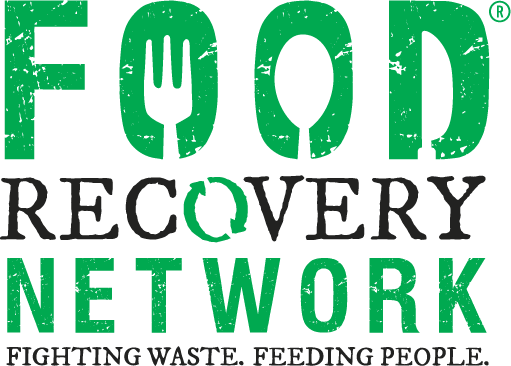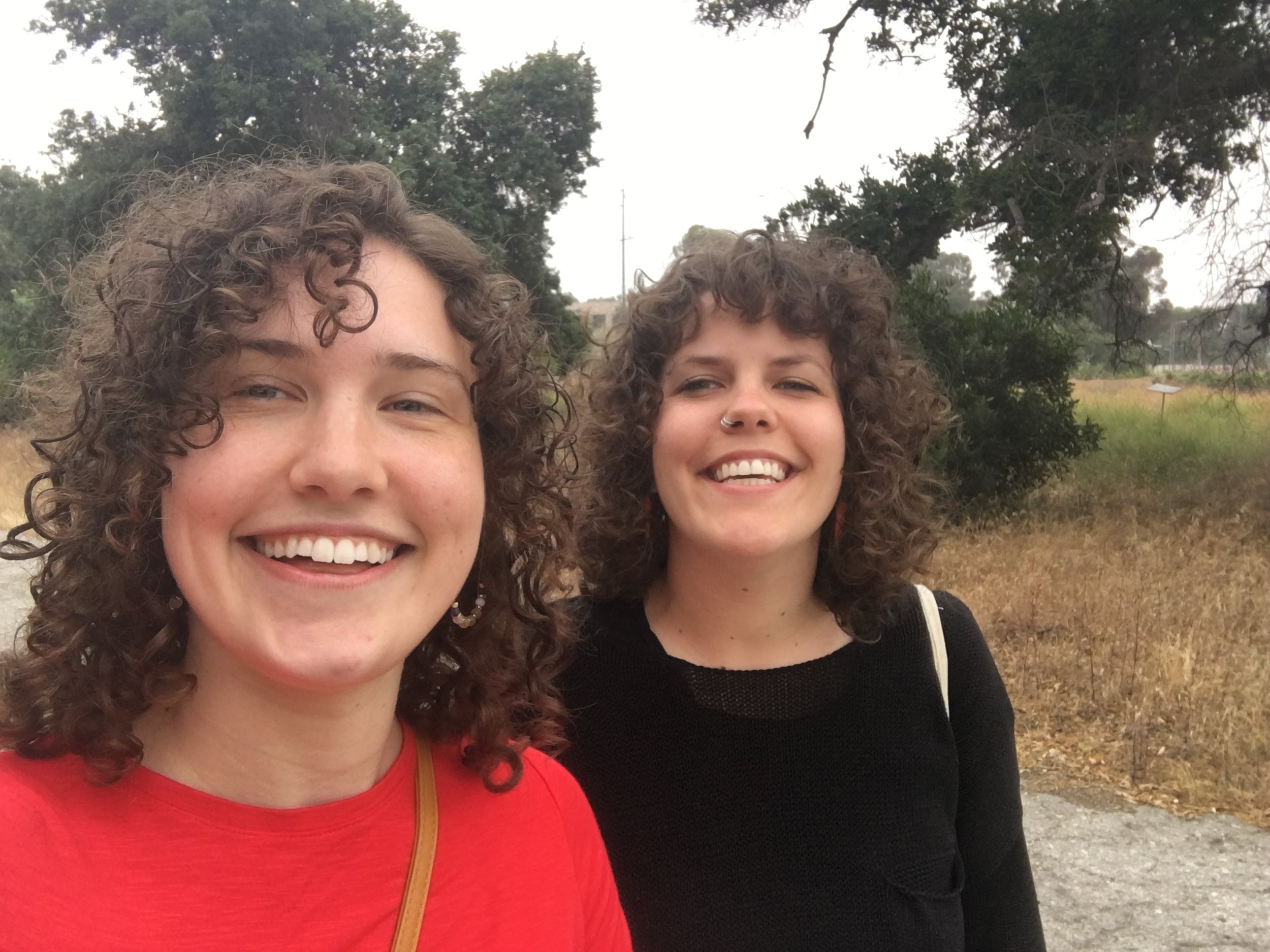Programs Manager, Hc, Research & Outreach VISTA, Heather Banikas, by the “open trench.”
We (hc + Heather) are standing on the side of a wide road, not entirely sure where to go next. We flew across the country, from College Park, Maryland to Los Angeles, California. We drove 90 minutes east of the city to Claremont and parked the car beside an “open trench”. The instructions from Nicole, the Los Angeles County Regional Outreach Coordinator (ROC), tell us to find a gate which will set us on a path to the Robert Redford Conservancy for Southern California Sustainability. We see the gate on the other side of the street; we wait for a gap in the cars before scampering across the five lanes of traffic. Standing at the gate, we look at each other and push it open. It’s the last Saturday of April, and we’re headed towards the fifth and final 2019 Regional Summit. We know what to expect because we’ve seen the agenda, but we aren’t sure what exactly will happen once the attendees arrive, the ideas start flowing, and the action items get laid out.
Let’s start a few months back.
Minnesota Regional Summit attendees.
For those who are unfamiliar, let us take a few moments to talk about what it means to be a ROC. Regional Outreach Coordinators are student and alumni leaders who organize Regional Summits. Over a semester, the ROCs plan and host events for community involvement and student-to-student networking. Our journey began in early December 2018 with interviews for the 2019 ROC Cohort. Before that, the behind-the-scenes efforts included application creation and outreach. The hype grew and we, with the help of Google Hangouts, interviewed several prospective ROCs. The result was a cohort of nine energized FRNds who were to plan and execute five regional summits. Lizzie Massey and Elena Kapp covered the DC Metro Area. Will Bergstrom and Grace Liao collaborated between their two separate chapters in Minneapolis. Amanda Martinez held down Denver with the support of Dominique McMillan, FRN’s Program & Outreach Fellow. Roni Gabaldon, Tatum Flowers, and Skyler Adams joined forces in St. Petersburg. In Los Angeles, Nicole Pozzo planned logistics, while I (Heather) conducted long-distance outreach. Across the country, plans to bring members of the Network together for inspiring, engaging, and empowering summits quickly came to life.
Back to April 2019 in California.
It’s the end of a long day. Our brains are full, and we’re standing in a circle under the shade of a large tree. As a final activity of the Summit, I (hc) ask everyone to share something they’ll do in the days or weeks to come.
Minnesota Regional Outreach Coordinators, Will and Grace, with hc and Regina Anderson, Executive Director of FRN.
“Always be recruiting”
“Connect, pool resources”
“Become an official chapter”
“Celebrate with gratitude”
These were themes from all of the summits. At the DMV Summit, some students from a Chapter In Progress whose dining service provider won’t budge problem-solved tactics for approaching the dining staff with other students who have tackled the same issue. The attendees at the Social Sustainability Summit in Denver penned thank you notes for the staff at the University of Denver’s two partner agencies. In Minneapolis, we brainstormed volunteer recruitment tactics. One of which was to plan a large scale recovery soon after a tabling event, so that folks who expressed interest are able to see, firsthand, the scale of food waste and how easy it is to do something about that problem. The attendees of the Florida Summit formed small groups and illustrated mock magazine covers to think expansively around an ideal future of food recovery; it’s an exercise in visioning.
DMV Regional Outreach Coordinators, Elena and Lizzie, with hc and Regina.
Despite the geographical differences, individuals within those five communities all care about the same thing. We are connected in our dedication to sustaining and expanding the movement to more colleges, universities, and beyond. This is a movement of thousands of people from across the country fighting to reduce food waste and redistribute surplus food to their food-insecure neighbors.
Now that the Regional Summits have ended and the ROCs have reflected on their experience, we look forward to what the future holds. We will be hosting regional events in California and Florida with applications opening in October. If you are not located in those locations, but have been inspired to host a regional event wherever you are located, we still encourage you to connect with us and fill out an application. Our strength lies in the people of this movement. One conversation has the possibility of striking an idea, developing a relationship, and encouraging change. Let's continue pushing against the status quo and creating spaces to do so.




















